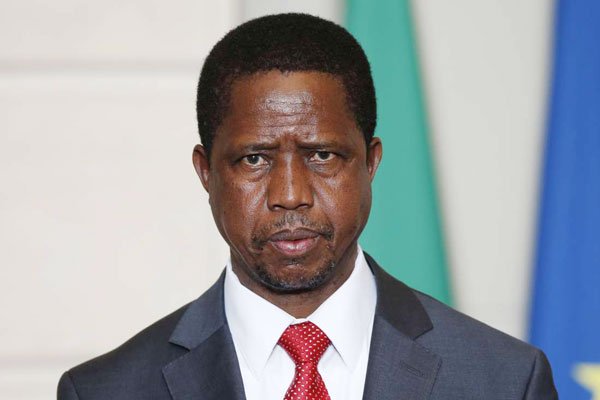(5 minutes read)
· Battle lines are drawn for Zambia’s 10-montha away election
· The present long time incumbent 63-year-old Edgar Lungu is in the fray
· Top contender for that post is opposition leader 58-year old Hakainde Hichilema
· Zambia has an external debt burden of over US$ 12 billion, which is close to 80% of the annual GDP, a very high proportion by any standards.
· Debt servicing for the country, facing resource shortfalls due to fall in commodity prices, is a tall order
In 10 months time Zambia will have an election to scout for the next President. Though far-fetched, it seems battle lines are drawn among the political parties. Prominent issues that may crop up during the election campaign will be the country’s debt woes. Will that upset the applecart for the present long time incumbent 63-year-old Edgar Lungu is the question being posed by many.
The top contender for that post is opposition leader 58-year old Hakainde Hichilema. He has been in the fray for a long time but so far did not taste the success. The election to be held in August 2021will be keenly contested by Edgar Lungu. He hopes to continue with another term since he has the age advantage. Since 2015, he has been holding the post.
After losing five elections between 2006 and 2016, Hichilema said if he loses another election, he would step down as the leader of the United Party for National Development (UPND). Hichilema is a self-made entrepreneur having interests in finance, ranching, property, healthcare and tourism. Recently, the political landscape has been stirred up with accusations of embezzlement against him from the sale of state institutions two decades ago, while he was in charge. Hichilema has maintained his innocence. There are counter accusations also that these are ploys of pro-Lungu supporters to deflect the public attention against the government’s poor performance in all fronts.
Zambia’s mining centric economy has been upfront with many issues. Many of them are extraneous and one cannot pin the blame on the present administration. Crash in global commodity prices and the latest Covid-19 pandemic, coming back to back, has severely impacted Zambia’s fragile economy. Southern Africa’s copper rich economy has an external debt burden of over US$ 12 billion, which is close to 80% of the annual GDP, a very high proportion by any standards. Debt servicing for the country, facing resource shortfalls due to fall in commodity prices, is a tall order. That was compounded by increased spending particularly in the health front by the government triggered by Covid-19.
To add to the woes, the Zambian government missed the interest payments on its external debt so much so that the ratings agency -Standard & Poor – declared Lusaka in default. Last month itself, the government urged deferment of interest on three commercial euro-bonds worth US$3 billion until April next year. Analysts say coming barely three months ahead of the presidential and parliamentary elections, the payout is likely to cast its shadows on the economy unless Lusaka finds ways to insulate the pangs by taking ameliorative measures.
Weighing on such eventualities, the country’s currency – kwacha- has fallen around 30 percent against the US dollar since the start of the year. Export earnings were shaved off by the decline in prices of metals like copper. The IMF forecasts that Zambia’s economy would decline by 4.8 percent this year.
Many feel that Zambia to bail out the economy will start taxing the mining sector. But analysts say that it would lead to further complications since the mining sector per se is in deep crisis due to contraction in revenue flows. Added to that, the inflation rate is incrementally going up due to fall in the value of local currency –kwacha- against dollar, pushing up the inflation rate to 16%.





